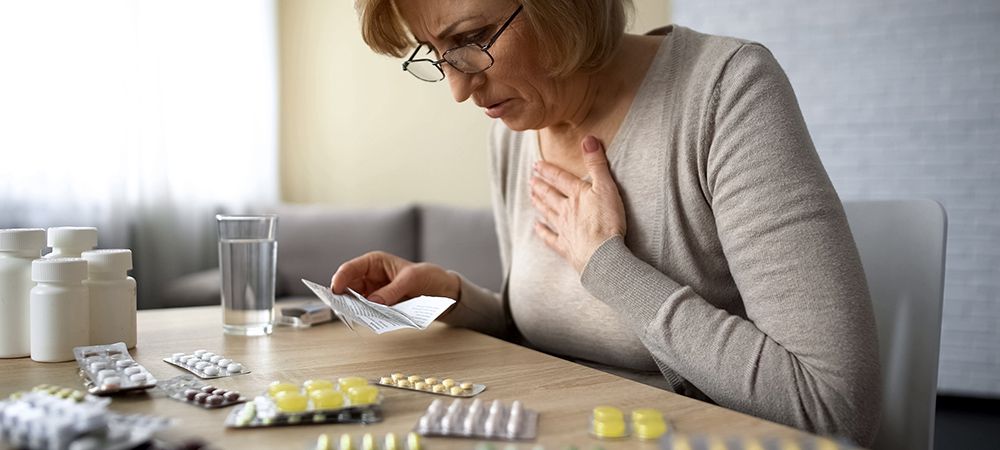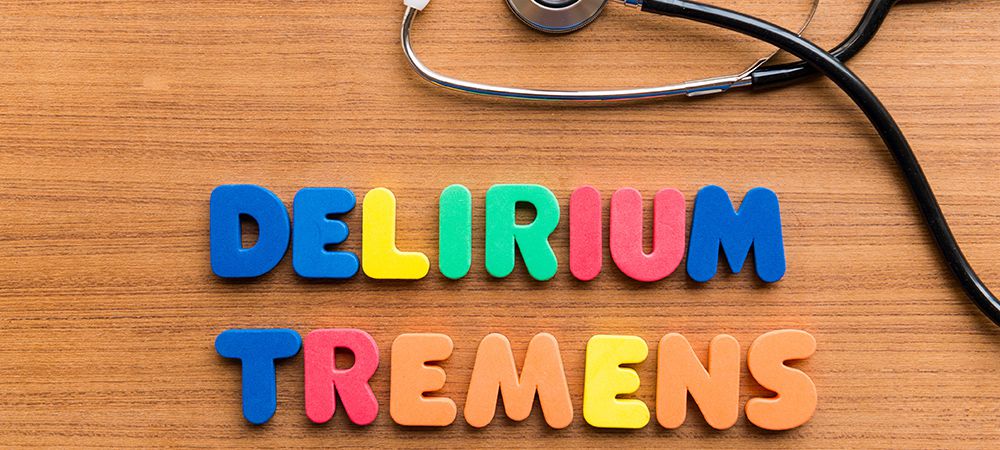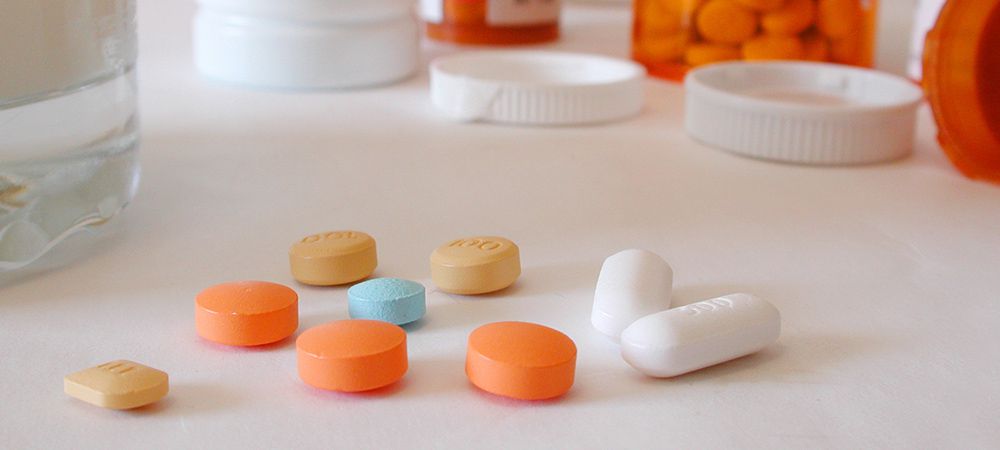Detox is an important first step to getting rid of alcohol or drug addiction. Unfortunately, patients tend to ignore the dangers of at-home detox and choose to self-detox. Attempting to detox all alone can endanger your life.
A person who struggles with an addiction has most likely formed a dependency on such a substance. As such, abruptly discontinuing or self-detoxing causes withdrawal symptoms that can be bad for your overall health.
Here, we discuss the dangers of at-home detox. This information will show you just how important medical detox is to addiction recovery. Let’s get into it!
Dangers of At-home Detox
Although detox is an important part of addiction recovery, it comes with severe symptoms. These symptoms are why the dangers of at-home detox complications can be as severe as death.
For instance, alcohol withdrawal can cause severe withdrawal symptoms like seizures. A severe type of seizure called status epilepticus can cause disabilities. In extreme cases, status epilepticus can cause death.
Furthermore, owing to differences in how our bodies react, people experience withdrawal symptoms differently. While some patients experience severe withdrawal symptoms, some go through home detox without complications.
Here are the dangers of DIY alcohol detox:
The severity of withdrawal symptoms
Quitting a substance after addiction to it can be fatal. Likewise, reducing how much of the substance you take can cause withdrawal symptoms. In both cases, it’s safe to say withdrawal symptoms are almost inevitable.
A patient choosing to detox at home may not know how symptoms go from mild to severe instantly. For example, what may begin as dizziness can escalate to delirium tremens.
Delirium tremens are one of the most severe and fatal withdrawal symptoms. Usually, a medical professional has to diagnose the symptoms and administer care immediately.
Here are some common drug and alcohol withdrawal symptoms:
- Diarrhea and abdominal cramps
- Sore muscles
- Hypertension
- Runny nose
- Sweat breakouts
- Increased heart rate
- Insomnia
- Anxiety and restlessness
- Vision problems and teary eyes
Sadly, people who detox at home don’t have access to swift medical attention. The lack of hands-on medical care can put the addict’s life in danger. Conversely, a drug detox program assures the patient of 24-hour medical attention.
A medically supervised detox program offers access to doctors and therapists who can provide medical insight and medication to alleviate the most intense withdrawal symptoms.
As a result, preventing specific withdrawal symptoms is easy in a medical detox program. Also, therapists work tirelessly to teach new coping strategies to deal with future cravings.
The self-detox kit may contain harmful ingredients

Drug detox kits often include natural ingredients like vitamins or minerals which clean the body. Although most of these ingredients come from natural sources, they often contain varying combinations. In rare cases, these combinations can be harmful to .
Furthermore, some patients may not follow the instructions on the self-detox kits. Wanting to alleviate their symptoms quickly, patients often use the self-detox kit in the wrong way. Using self-detox kits the wrong way may worsen your symptoms or create a new health issue.
Severity of complication
Complications are one of the unavoidable dangers of detoxing at home. Self-detoxing implies the absence of qualified assistants to manage resultant complications.
Complications that may arise from self detoxing are a broad spectrum. Some of these complications include,
Tremors and Violent shakings
Tremors and violent shakings can arise from nervous disorders following the abrupt discontinuation of the substance. For example, people who consume addictive substances in high quantities and short intervals are likely to have tremors.
People withdrawing from alcohol are commonly known to have alcohol shakes. Likewise, antidepressant withdrawal can cause tremors that peak about 1 to 3 days after the last consumption.
Alcohol shakes are often benign and don’t last for a long time. However, the more fatal types of tremors can lead to seizures. Benzodiazepine withdrawal can cause tremors that may occur alone or with other withdrawal symptoms.
As they grow worse, tremors cause involuntary shaking of the hands, arms, legs and face. They can also result in the addict having a shaky voice, having trouble holding utensils, and writing.
Additionally, when a tremor gets severe, it’s likely to cause uncontrollable head nodding. Uncontrollable head nodding can be fatal without medical attention.
Psychosis and hallucination
Severe withdrawal can lead to loss of touch with reality. For example, patients detoxing have reportedly seen false images of snakes and shadowy figures. In some instances, some patients heard strange voices which were not audible to their non-detoxing partners.
Delirium tremens

Delirium tremens are a collection of severe physical and psychological symptoms. Delirium tremens typically start two to five days after the last drink. This drug detox complication comes with symptoms like seizures, extreme confusion, and fever.
Delirium tremens symptoms are usually dangerous and life-threatening. It’s one of the most severe dangers of detoxing at home. In addition, it’s difficult to treat delirium tremens at home as it often requires sedative treatment.
Detoxing at home may not work
Another danger of at-home detox is you’re not sure if it’ll work. Some DIY detox kits only dilute urine to create an illusion that the substance is absent. These kits are only useful for passing drug tests.
A false urine test denies the users the opportunity of making real progress with drug detox. Worse, diluted urine is not a guarantee that you’ll pass an actual drug test.
Underlying untreated medical issues
In most cases, addicts are often unaware they have underlying health conditions. Health conditions like bipolar disorder, high blood pressure, anxiety or asthma often accompany addiction.
An underlying medical condition may complicate the detox process at home. A patient may use a self-detox kit containing substances capable of worsening the underlying health condition.
An underlying medical condition is one reason doctors advise patients to detox under medical supervision. If a complication arises, a doctor can easily manage the situation.
Detox isn’t as simple as quitting the substance and getting rid of it at home. Also, it isn’t a quick fix or a magical process that wishes away the addiction. One danger of at-home detox is the patient often overlooks the root of the addiction. In most cases, the patient doesn’t treat the main cause of addiction, making a relapse inevitable.
Detoxing at home by yourself doesn’t treat the causes and trauma behind addiction. Rather, it lays a foundation for more serious problems such as depression and suicidal thoughts.
Related Article: What Happens During Detox?
Benefits of Medical Drug Detox Programs
Although detoxing at home may seem like an easier and faster route to recovery, it isn’t. It comes with multiple risks and isn’t guaranteed to work. However, a professional detox center is capable of providing a more efficient treatment.
Medical detox is important because once the detox program has been completed, rehabilitation kicks off. A medical detox facility will help you commence recovery and set you on a path to sobriety.
Typically, detoxification under medical supervision involves three components. While detoxification goals and treatments differ from patient to patient, here are three common advantages.
Evaluation
Before the actual detox begins, the doctor evaluates the patient. The evaluation is often thorough and involves medical professionals examining the patient’s psychological and physical condition. The evaluation step also involves your medical background.
The goal of the evaluation is to assess the patient’s addiction level and biomedical conditions. Also, evaluation helps doctors create a custom drug detox plan for the patient.
Stabilization
For a patient to become stable following substance addiction, the patient needs to undergo detox. A patient can avoid the dangers of at-home detox when they enrol in a detox centre.
Sustenance
Detoxing isn’t enough to help a patient sustain their recovery. Detox doesn’t treat the social and psychological impact of substance abuse. What detox does is prepare patients for rehabilitation. Depending on the patient’s choice, rehab may be in-patient or out-patient.
With drug detox, you can expect to enjoy any of the following benefits:
- Improved patient safety
- Improved mental and physical well-being
- Improved comfort while detoxing
- Reduced risk of overdose and relapse
Medications to Expect During Medical Detox
While detoxing, some drugs can alleviate withdrawal symptoms. One danger of at-home detox is the unavailability of these medications. With a medical detox program, specialists may prescribe any of the following:
Valium

Valium, the brand name for diazepam, belongs to the benzodiazepine family. It’s useful for treating different health conditions.
For example, doctors utilize Valium to treat sleep disorders, anxiety, nervousness and panic attacks. Also, doctors use Valium to treat alcohol dependence/addiction.
Valium is highly important in medical detox, all thanks to its relatively long half-life in the blood. Valium’s mechanism of action is to attach to receptor sites in the central nervous system. This eliminates possible cravings by alcohol-dependent individuals or addicts.
Clinically, Valium is certified and acceptable for treating alcohol addiction and substance abuse. Its acceptance is because it’s useful in alleviating withdrawal symptoms. Also, doctors use Valium to counter seizures and hallucinations, which are the hallmarks of withdrawal symptoms.
Buprenorphine
Buprenorphine is a common drug used to treat addiction, especially those related to nicotine. Typically, doctors use Buprenorphine to arrest depression and its symptoms.
Methadone
Methadone often comes under brand names like Dolophine and Methadose. It’s a synthetic opioid agonist used for opioid maintenance therapy in opioid dependence. Doctors also use methadone to manage chronic pains.
Clonidine
Clonidine is an alpha-adrenergic agonist medication originally used to manage blood pressure. It’s also useful in the management of specific opioid withdrawal symptoms. Clonidine’s mechanism of action is to stimulate alpha adrenoceptors in the brain.
Clonidine is a pulse drug that decreases the surge of adrenaline, which causes the “battle or flight” reaction, typical of withdrawal symptoms. Clonidine can aid detox from opiates, Methadone, and even liquor.
Related Article: How Do You Neutralize Drugs in Your Body?
To Wrap It Up
Detoxing at home can lead to complications ranging from mild to life-threatening. Addiction is an isolating disease. That’s why it’s natural to want to detox at home all by yourself.
But, you don’t have to. You don’t have to have this fight alone. Some professionals and peers are eager to see you through the journey. You should consider combining your efforts with theirs!
The dangers of at-home detox are frequent, if not impossible to evade. Don’t risk your life while detoxing at home. At Medical Detox Ontario, you’ll get access to medical personnel and effective treatment methods. Check out our alcohol and drug detox programs today.

